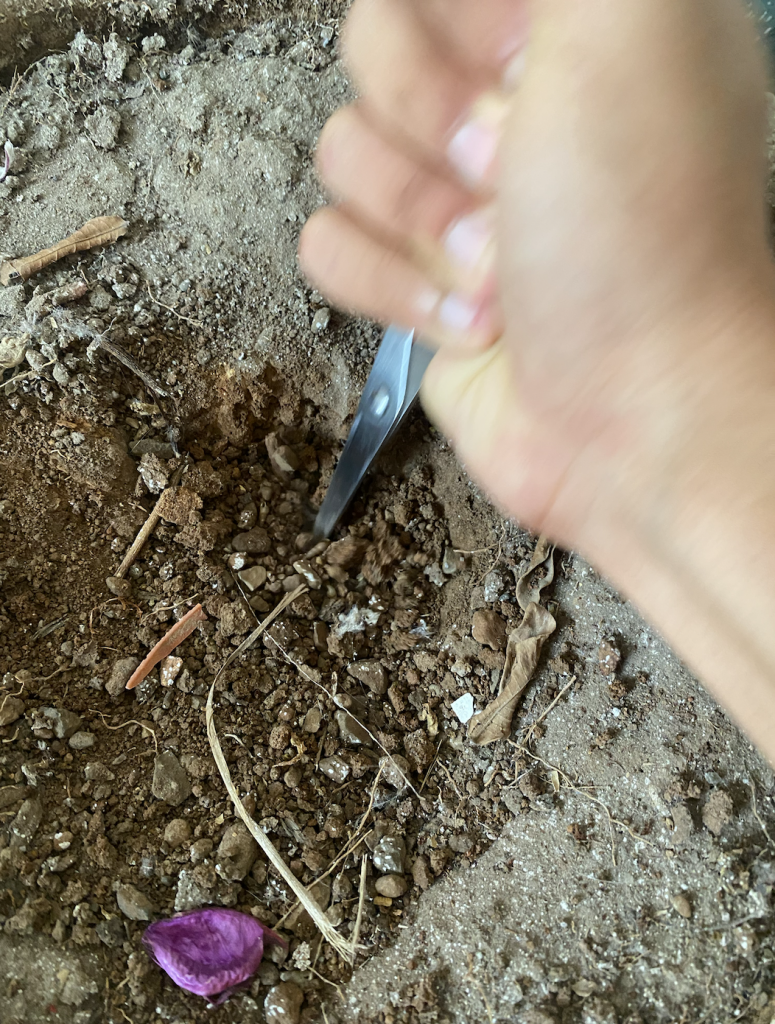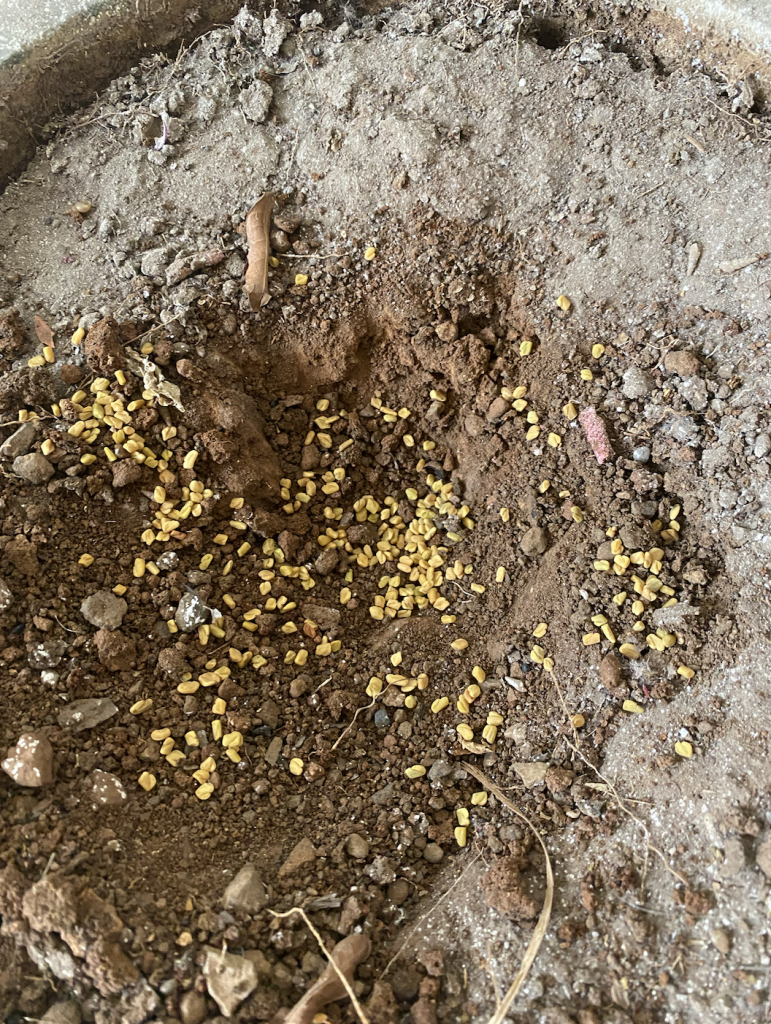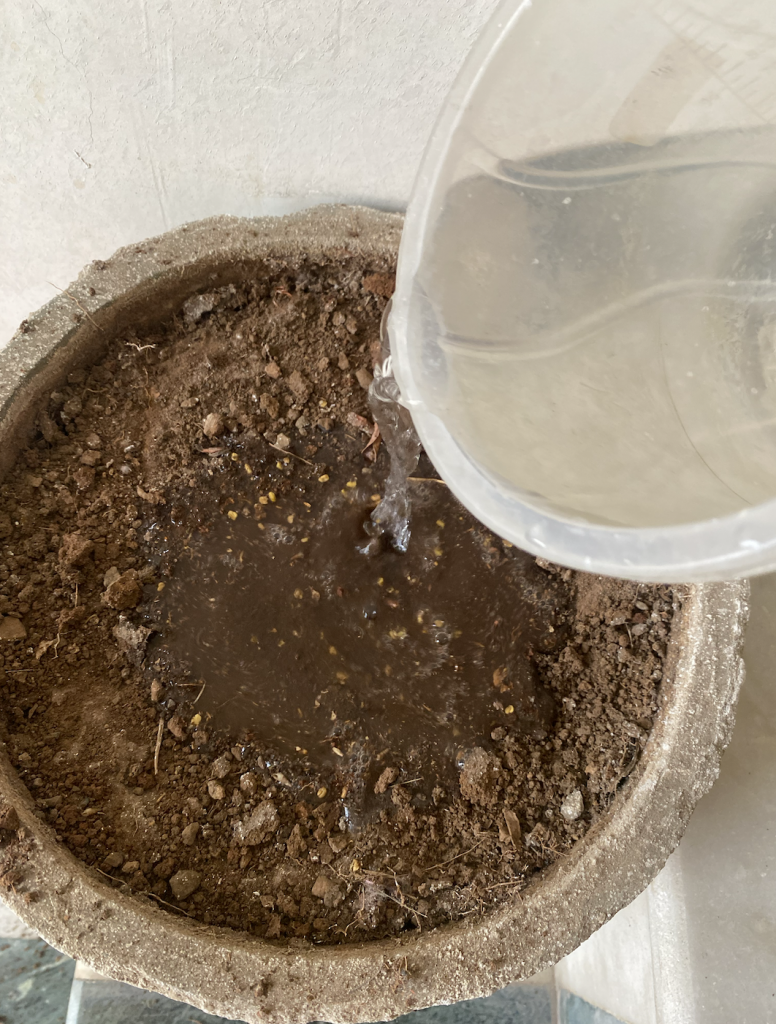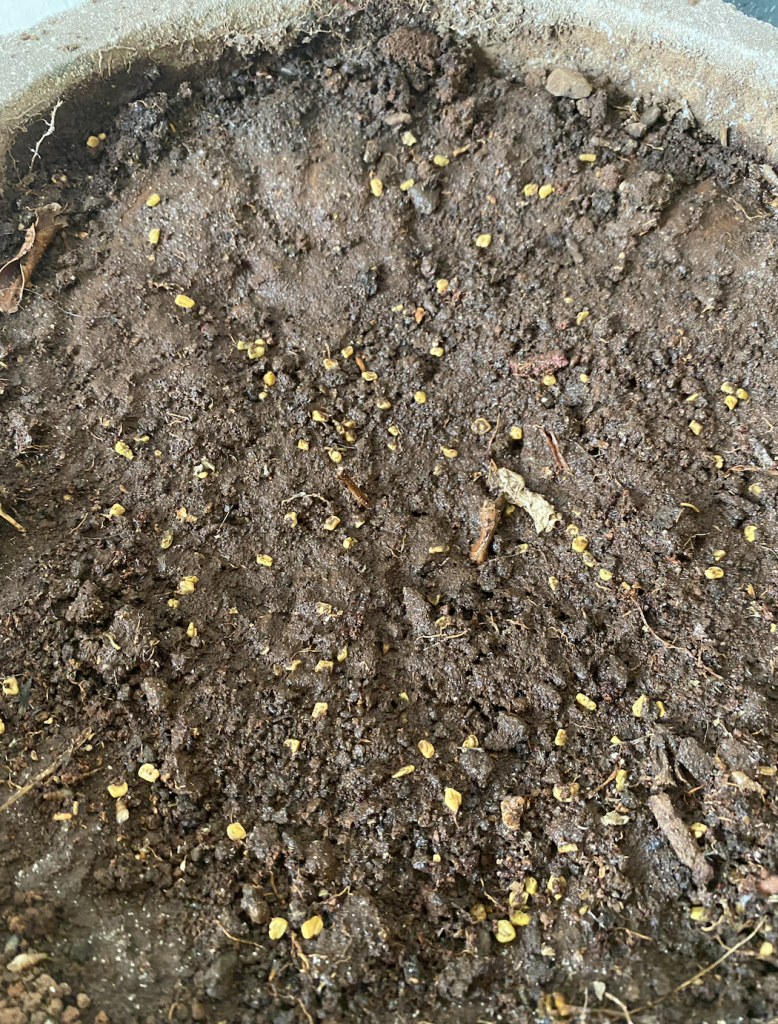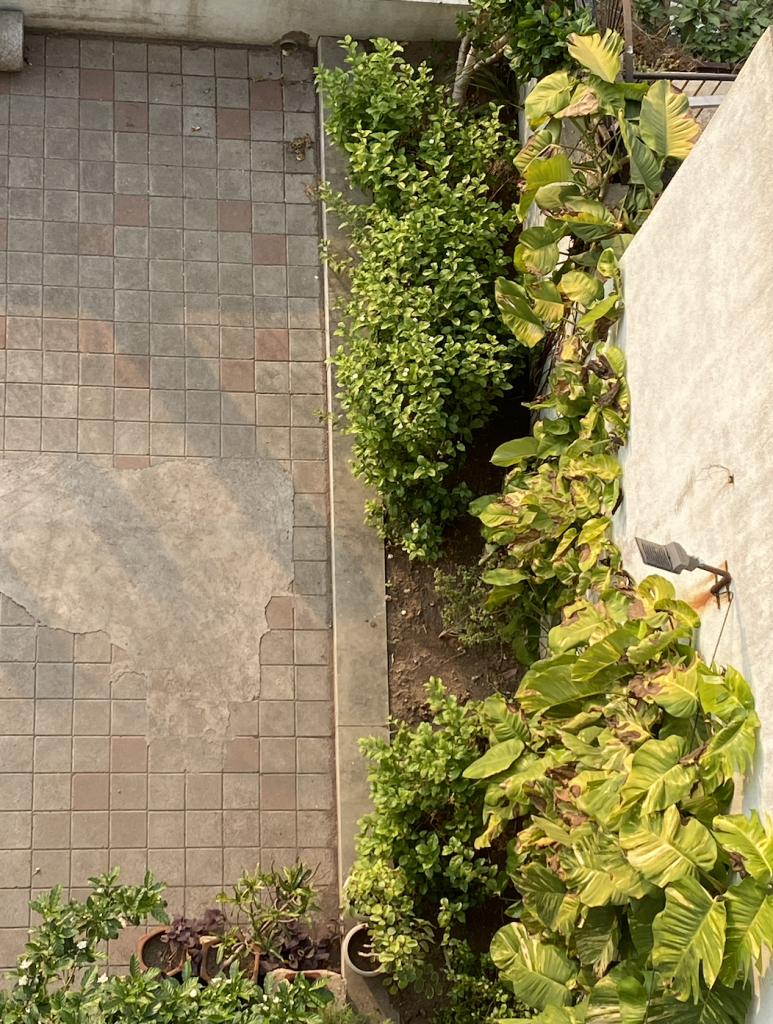The air we breathe is made cleaner by trees. They absorb harmful pollutants through their leaves and bark and release pristine oxygen for humans to breathe. In metropolitan settings, trees remove dust and smoke as well as polluting chemicals including nitrogen oxides, ozone, and carbon monoxide. Rising carbon dioxide levels brought on by fossil fuel use and deforestation trap heat in the atmosphere. Strong, healthy trees serve as carbon sinks, balancing carbon emissions and minimizing the effects of climate change. Trees are essential for absorbing rainwater and lowering the likelihood of natural disasters like landslides and floods. Their sophisticated root systems function as filters, eliminating impurities and reducing the rate at which water is absorbed by the soil. This procedure lessens the possibility of floods and dangerous waterslide erosion. A mature evergreen tree can capture more than 15,000 liters of water annually, according to the UN Food and Agriculture Association.
A single tree may be home to hundreds of different kinds of plants, animals, fungi, moss, and insects. Different types of habitat are required by various forest creatures depending on their needs for food and shelter. Animals living in forests wouldn’t have a place to live without trees. The forestry business offers a plethora of jobs, from arborists to loggers and researchers. However, we don’t only rely on trees for employment. Sustainable tree farming produces wood for cooking and heating as well as the lumber needed to construct houses and shelters. Trees that produce food offer fruit, nuts, berries, and leaves for consumption by both people and animals, as well as a potent array of nutrients. Did you know that hospital patients who have rooms with views of trees recover more quickly than those who don’t? It’s tough to deny the joy you have while strolling in a serene woodland. We can re-establish contact with nature and assist alleviate tension and anxiety thanks to trees. Additionally, the shade that trees provide shields our skin from the sun’s escalating radiance.
By soaking up and storing dangerous greenhouse gases like carbon dioxide in their trunks, branches, and leaves while also releasing oxygen back into the sky, trees aid in cooling the earth. Trees in urban areas can lower the temperature by up to 8° Celsius. With over 50% of the world’s population already residing in cities, that percentage is projected to rise to 66% by the year 2050, making pollution and overheating a serious issue. Fortunately, a mature tree can take up 22 pounds of carbon dioxide on average every year, making cities safer and healthier places to live.
In this experience, I have catered to LO 2 – Demonstrate that challenges have been undertaken, developing new skills in the process, LO 4 – Show commitment to and perseverance in CAS experiences, LO 6 – Demonstrate engagement with issues of global significance and LO 7 – Recognize and consider the ethics of choices and actions. In addition, 2 sustainable development goals have also been catered in this experience, SDG 13 – Climate Action and SDG 15 – Life On Land.
LO 2 – Demonstrate that challenges have been undertaken, developing new skills in the process
Planting involves a lot of different steps, cleaning the site/ soil, digging a hole, obtaining the tools/ plant/ seed, watering the seedling, removing the plant from the pot, placing the plant in the hole, covering the roots with soil, gently packing the soil around the tree, watering the plant in its new home. I had never done any of this before, so I had no idea how to do anything. My mother had some knowledge of it, so I sought her advice, Finding the necessary equipment, plants, and seeds wasn’t too difficult because we could find them at any plant nursery however, locating a good location to plant them was extremely difficult since there are so many structures now that it is quite difficult to find an empty plot of ground on which to put trees, hence me and my mother decided to plant the seeds in our building itself. Our building has space for the plants to be planted. Planting is more difficult than you may imagine; if you use too much power to move a plant from its pot to the ground, it will snap and break. Therefore, you must take caution when moving the plant. My mother taught me a quick and straightforward method for moving the plants. A new skill acquired!
LO 4 – Show commitment to and perseverance in CAS experiences
The most crucial factors in planting are commitment and perseverance. Every other day, you need to water the plants and examine the area for dead plants, roots, or leaves. So taking out time from my packed schedule and going there to water and maintain the plants was a challenge and commitment towards the expeience too. I used to go to water and maintain the plants four times in a week (Monday, Wednesday, Friday, Sunday).
LO 6 – Demonstrate engagement with issues of global significance.
Any agent that alters the natural properties of the atmosphere, whether it be a chemical, physical, or biological one, constitutes air pollution. Air pollution is a raging issue in the world, heart disease, lung cancer, and respiratory conditions like emphysema are some of the health repercussions of air pollution. Additionally, long-term exposure to air pollution can harm a person’s nerves, brain, kidneys, liver, and other organs. By intercepting particle debris on plant surfaces and absorbing gaseous pollutants through the stomata on their leaves, trees clean the air. Hence, planting trees give off oxygen that we need to breathe.
LO 7 – Recognize and consider the ethic of choices and actions.
Ethics in planting – Planting should be done in such a way that both the planters and the surrounding community are safe. This includes following safety requirements when handling equipment and materials, as well as taking precautions to avoid soil erosion and other environmental dangers. Planting should be done in such a way that it respects the environment and the ecology. This includes choosing plant species that are indigenous to the region and will not harm other plants, animals, or the soil. Resource sustainability: Planting should be done in a way that assures the long-term utilization of resources such as water, soil, and fertilizers. This includes minimizing excessive fertilizer and pesticide use, as well as conserving water through effective irrigation systems. Keeping in mind all these points while planting, LO 7 has been catered.
How have the SDG’s been catered –
SDG 13 – Climate action : As I mentioned above, trees through their leaves and bark, they take up damaging pollutants and release pure oxygen for people to breathe. In urban areas, trees absorb pollutants including nitrogen oxides, ozone, and carbon monoxide in addition to dust and smoke. Deforestation and the usage of fossil fuels both increase atmospheric carbon dioxide levels, which trap heat. As carbon sinks, strong, healthy trees balance carbon emissions and lessen the consequences of climate change. Hence, catering to SDG 13.
SDG 15 – Life on Land : Many diverse types of plants, animals, fungus, moss, and insects may reside on a single tree. Depending on their demands for food and shelter, many woodland species require different sorts of habitat. Without trees, woodland animals wouldn’t have a place to call home. Hence, catering to SDG 15.

